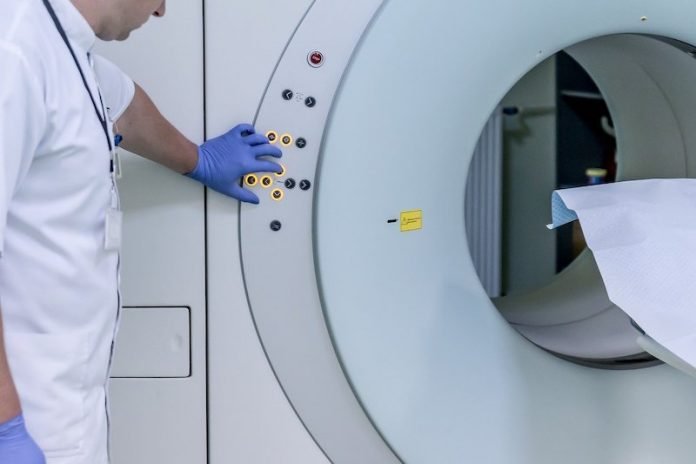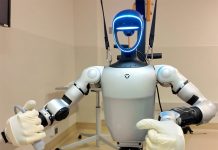
In a new study from UC Davis, researchers developed a first-of-its-kind positron emission tomography (PET) scan imaging-based tool to detect liver inflammation in patients affected with non-alcoholic fatty liver disease.
Many patients diagnosed with the disease develop nonalcoholic steatohepatitis (NASH), which is characterized by liver inflammation and scarring or fibrosis and can progress to liver cirrhosis and increase the risk for liver cancer.
The first line of treatment for fatty liver disease is lifestyle modification, including weight loss, diabetes management, and exercise.
In the study, the one-of-a-kind method uses dynamic PET imaging and mathematical modeling to measure the rate of glucose transport from blood to liver tissue.
This correlates with the widely used grades, or levels, of liver inflammation. The groundbreaking technique allows clinicians to quantify liver inflammation.
The team says the methodology can fill the gap in clinical imaging of nonalcoholic fatty liver disease.
They are also developing an integrated PET and computed tomography- (CT) based imaging method for liver fat measurement and fibrosis assessment.
The effort could allow a “one-stop-shop” tool for nonalcoholic fatty liver disease diagnosis using any commercial PET/CT scanner.
In the United States, nearly a third of the population has been diagnosed with nonalcoholic fatty liver disease.
Currently, there are no FDA-approved drugs to treat NASH, but there are several drugs currently being tested in clinical trials.
If you care about liver health, please read studies about this statin drug could lower liver cancer risk and findings of keto diet could help you lose weight, but also harm your liver health.
For more information about liver disease, please see recent studies about diet high in fruit sugar may harm your liver health and results showing that a healthy lifestyle may help protect you from liver cancer.
The study is published in Clinical Gastroenterology and Hepatology. One author of the study is Souvik Sarkar.
Copyright © 2021 Knowridge Science Report. All rights reserved.



